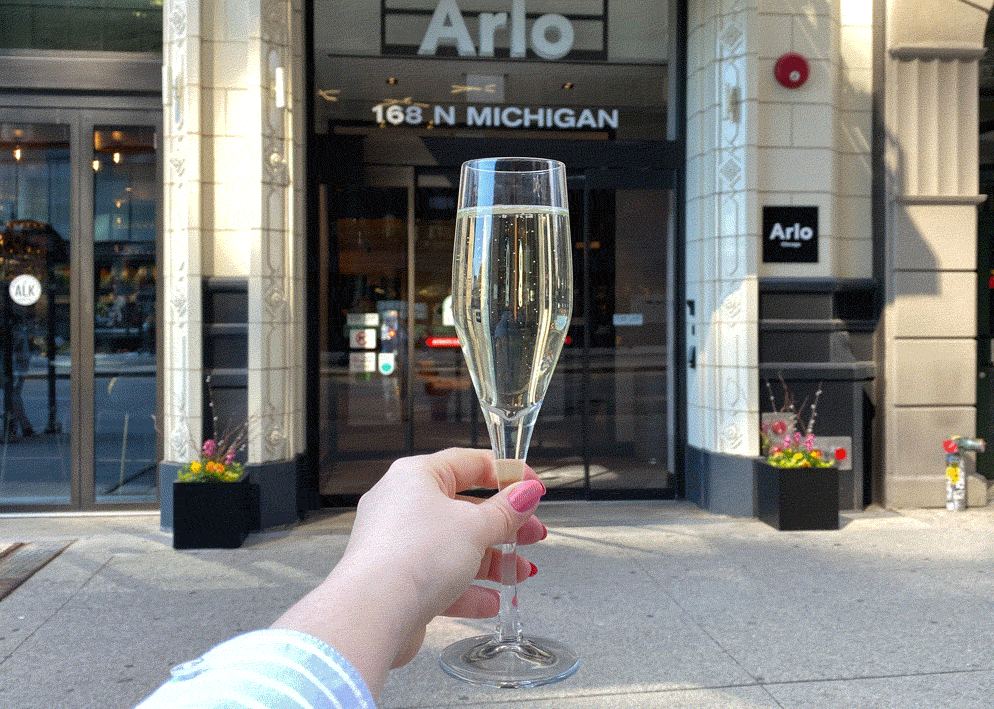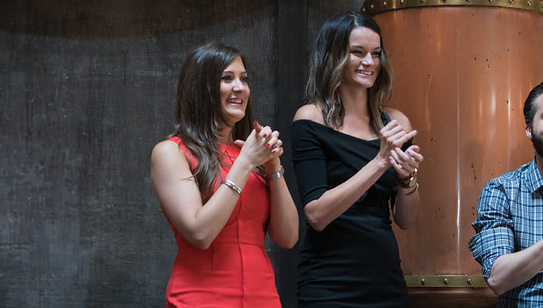Whether you’re in Miami for a weekend getaway or a long vacation, its diverse neighborhoods offer dozens of ways to experience the city. From glamorous to cozy, ultra-modern to vintage Art Deco, narrowing down your list can be a daunting task. These five neighborhoods offer some of the best (and hottest) dining, lodging, and sightseeing you’ll find in the 305.
South Beach
Just east of central Miami, cradled between Biscayne Bay and the Atlantic Ocean, South Beach is the beating heart of the city’s nightlife scene. Hundreds of restaurants, clubs, boutiques, and hotels play host to more than three million visitors every year — as do its miles of publicly accessible beaches. The area also has the highest concentration of 1920s and ‘30s Art Deco buildings in the US, with nearly 800 in the Art Deco District alone.
South Beach’s legendary Ocean Drive connects its most famous beaches with dining, shopping, and sightseeing destinations. Here, you’ll find the Colony Hotel, the most photographed Art Deco building in the world (you’ll recognize it from movies and TV series like Dexter). The Palace Bar hosts drag and cabaret shows — weekend drag brunches always draw a crowd. Just west of Ocean Drive, Collins Avenue boasts some of Miami’s finest dining, including Spanish celebrity chef José Andrés’ The Bazaar (1701 Collins Ave). Here, classic tapas flavors combine with daring gastronomic techniques (reviewers rave about the liquid nitrogen caipirinhas and onion soup with foie gras cappuccino).
With 250 casually elegant rooms and private beach access, Nautilus offers a boutique hotel experience in the heart of South Beach. Stretching from Collins Drive to the shore, this oceanfront property reimagines the mid-century modern design of famed architect Morris Lapidus with invigorating touches like an oversized saltwater pool and poolside bar, in-room espresso machines, and beach umbrellas with private beach service. Dine on-site at the Nautilus Cabana Club, where seasonal ingredients combine with fresh Mediterranean flavors, or explore the hundreds of dining options within walking distance.
Wynwood
One of Miami’s hottest arts destinations, Wynwood is home to over 70 galleries, museums, and collections. The Wynwood Arts District features one of the largest open-air street art installations in the world: the Wynwood Walls, where dozens of colorful, curated murals (some by big-name artists like Shepard Fairey) are splashed across walls of shops, restaurants, and warehouses. Time your visit to include a Second Saturday Art Walk, when the streets close down for an art-focused party, featuring live music, dancers, and tons of artists sharing and selling their work (plus a fleet of food trucks serving up everything from ultra-fresh ceviche to deep-fried Oreos).
Miami Design District
For lovers of modern design, fashion, and contemporary art, the Miami Design District is a must-see. Formerly a gritty area of warehouses and dilapidated buildings, it found new life in the early 2000s with the development of a bold master plan to bring both emerging and well-known designers’ work to the neighborhood. It’s now home to the Institute of Contemporary Art (61 NE 41st St), offering free year-round access to exhibitions of “the most innovative art of our time.” You’ll also find flagship stores of luxury brands like Hermès, Tom Ford, and Christian Louboutin just a few blocks away.
Little Havana
The classic Miami experience is alive and well in this vibrant heart of the city’s Latin culture. Declared a National Treasure by the National Trust for Historic Preservation in 2017, it’s home to the highest concentration of Hispanics in Miami — most neighborhood businesses are still owned by Cuban immigrants. Stroll along Calle Ocho (8th Street) to soak up the neighborhood vibes firsthand. Stop by Domino Park (Calle Ocho and 15th Ave), where Cuban veterans and families hang out to enjoy the sunshine (and, of course, a mostly-friendly game of dominoes). Fortify yourself with a shot glass-sized cafecito from a corner ventanita, or sit down for a full-service meal at Versailles (3501 SW 8th St) — menu highlights include the green plantains stuffed with shrimp Creole, pineapple, and cilantro. Pick up a smokeable souvenir at Guantanamera Cigars, where experienced cigar makers hand-roll fresh cigars to order (and provide cocktails and dance music too).
Coconut Grove
With a laid-back pace and a mix of trendy and retro-cool, Coconut Grove invites you to slow down and enjoy Miami’s oldest (and one of its most beautiful) neighborhoods. Relax at a sidewalk cafe in the Village Center, or take a seaside stroll through Peacock Park. History buffs will enjoy exploring Charles Avenue, one of Florida’s oldest streets and still lined with historic houses, churches, and the Coconut Grove Playhouse. The Vizcaya Museum and Gardens spans 50 acres, including 10 acres of formal Italian Renaissance-style gardens and 40 acres of native woodland offering a glimpse into what this area looked like before European settlement. Coconut Grove’s broad, tree-lined central streets host a rainbow of festivals throughout the year; while the Coconut Grove Arts Festival (President’s Day Weekend) is the largest, the quirky King Mango Strut (December) has been justly dubbed “the weirdest parade in the universe.”
Coconut Grove’s central business district around the intersection of Grand Avenue and Main Highway brings together the area’s best variety of dining and shopping options. Greenstreet Cafe (3468 Main Hwy) serves American classics all day and boasts unparalleled people-watching from its outdoor lounge. The Spillover (2911 Grand Ave Suite #400D) pairs locally line- and spear-caught seafood dishes with a tempting selection of over 50 taps — sure, you can grab a beer, but why not sample one of their curated ciders, sours, or meads instead? Pineda Covalin (3460 Main Hwy) features Mexican-designed textiles, fashions, and jewelry. The Bookstore and Kitchen (3444 Main Hwy), one of Miami’s best-loved indie bookstores, occupies two buildings around a welcoming central courtyard — check out their selection of “lifestyle books” (think art, architecture, photography) and the restaurant’s seasonal offerings prepared with a zero-waste philosophy.




